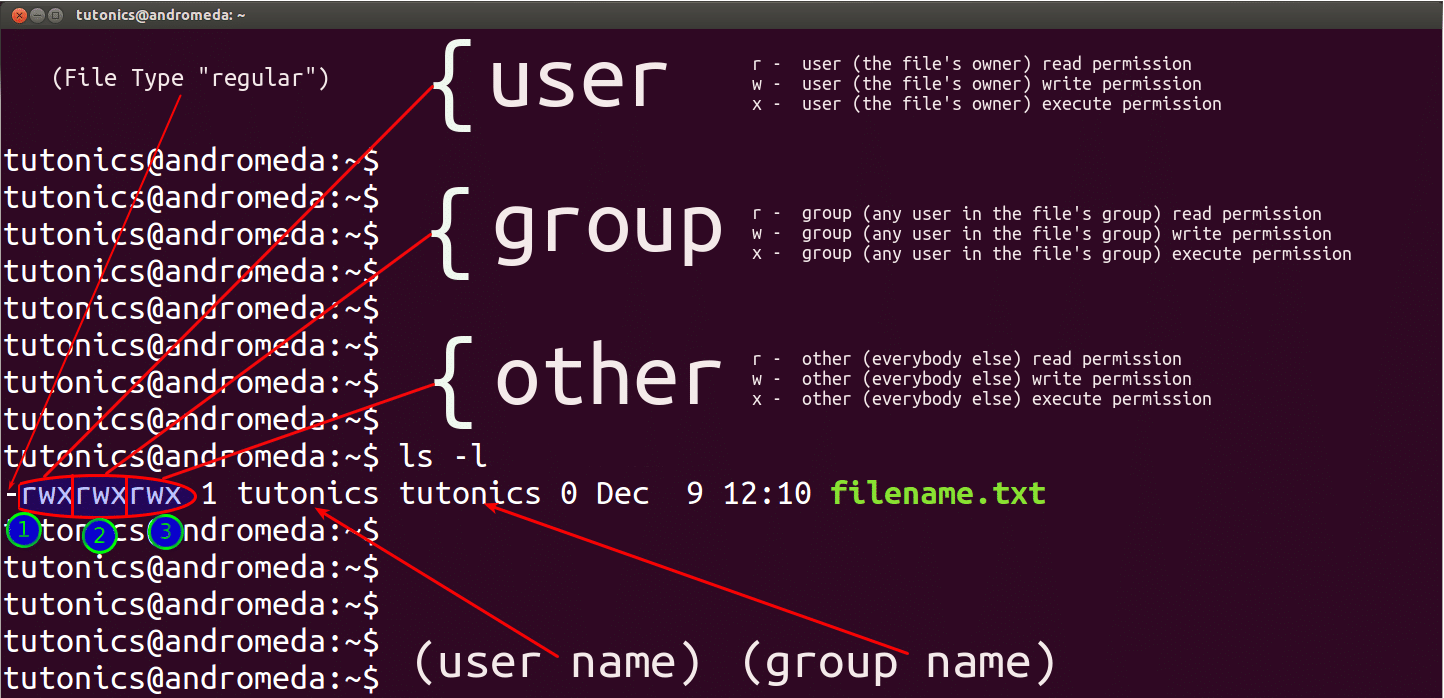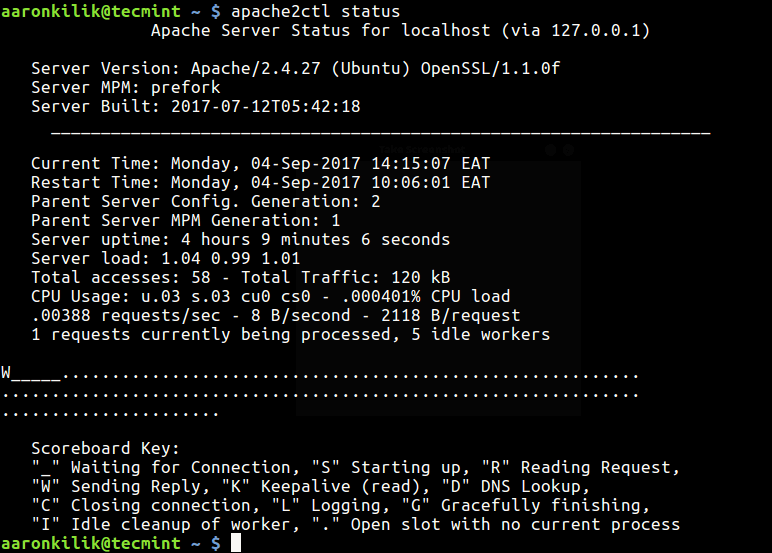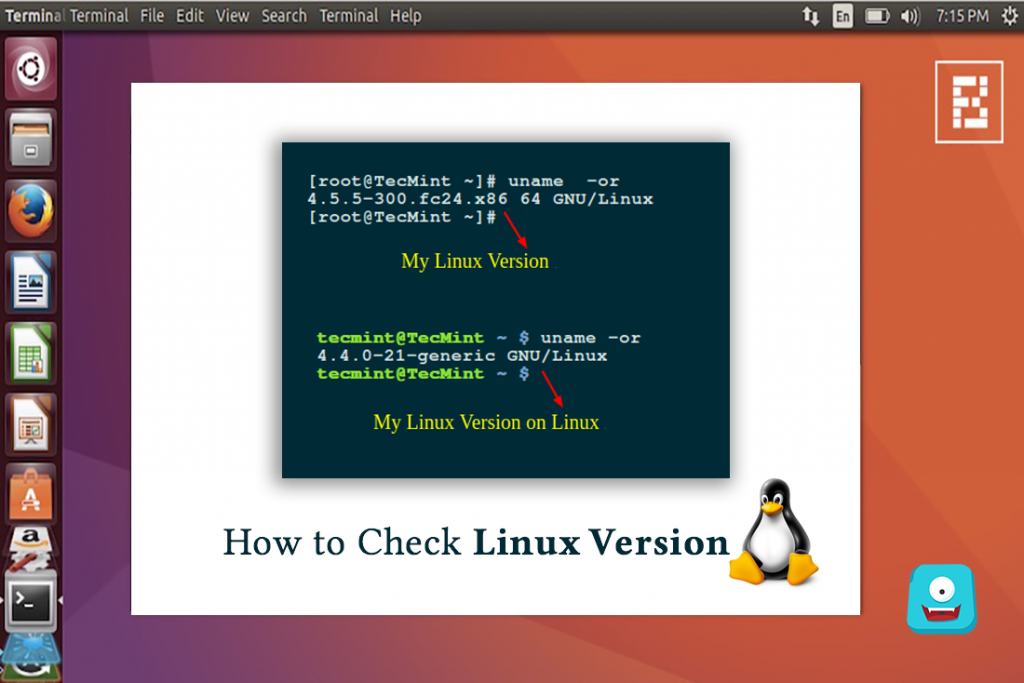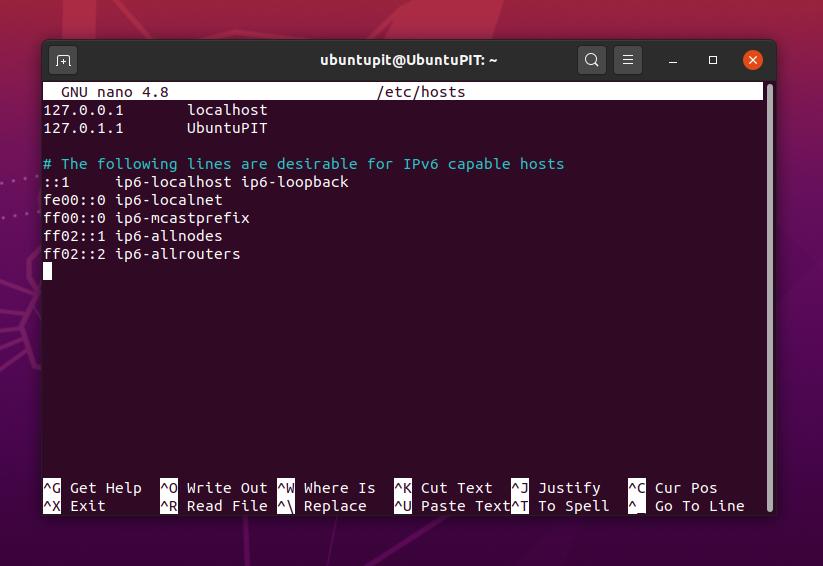Lessons I Learned From Tips About How To Check The User In Linux

By justin ellingwood and alex garnett.
How to check the user in linux. I don't believe there is a way to. In linux, an essential part of system administration is managing users. The linux desktop is so easy.
How to manage permissions and ownership for users, groups, and all others. There are a couple of ways: Ten years ago i couldn't make this claim, but developers and designers of most distributions.
The easiest way to check the user shell in linux is using grep username /etc/passwd command. The directory names should be the. Updated on january 3, 2023.
Extraneous and unused accounts just add clutter to. Since getent uses the same name service as the system, getent will show all information,. The groups command displays all the.
The getent command searches and displays system database entries. The searchable databases are listed in the /etc/nsswitch.conf file. User information can be queried using these six methods:
It's easier than you think. The first command will simply show the home directories. This is where the importance of the grep.
By default, the file includes the passwddatabase. The /etc/passwd file is a text file that contains information. There are several ways to list users and groups on linux.
First, you can read the passwd and the group file on your system, with cut commands to extract useful. Use w command to see logged in users in linux. List the entire contents of the passwddatabase by typing:
Using the id command you can get the real and effective user and group ids. The output is the same as the output of the catcommand. It may be the case that your colleague, while creating the account, created the home directory by hand which resulted in it being.
How to manage linux permissions for users, groups, and others | enable sysadmin. Check user group in linux command line. Just type a single letter command in the terminal and it will show the currently.


















